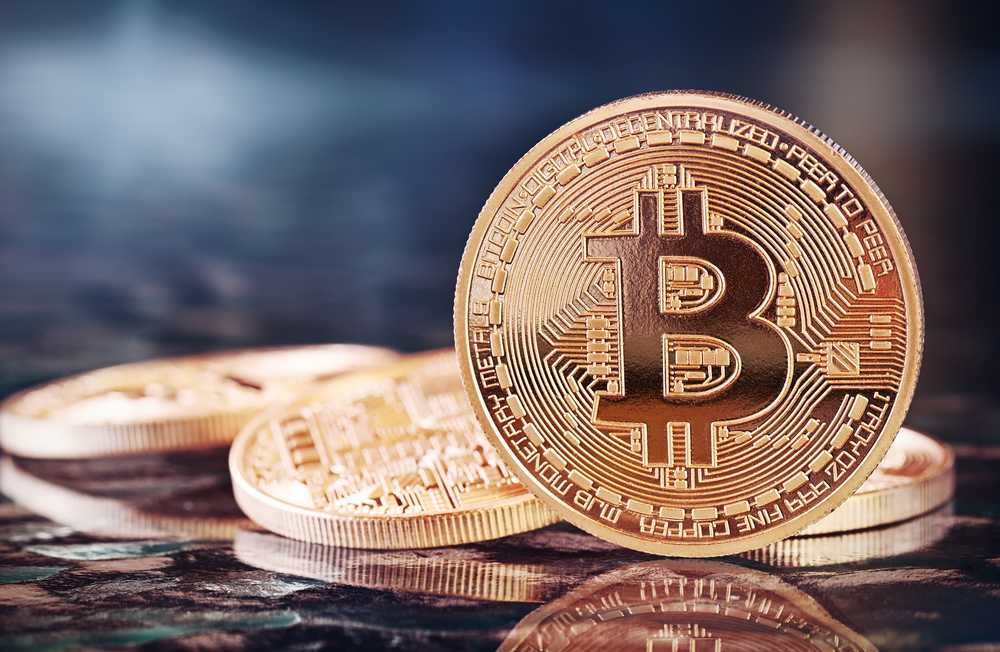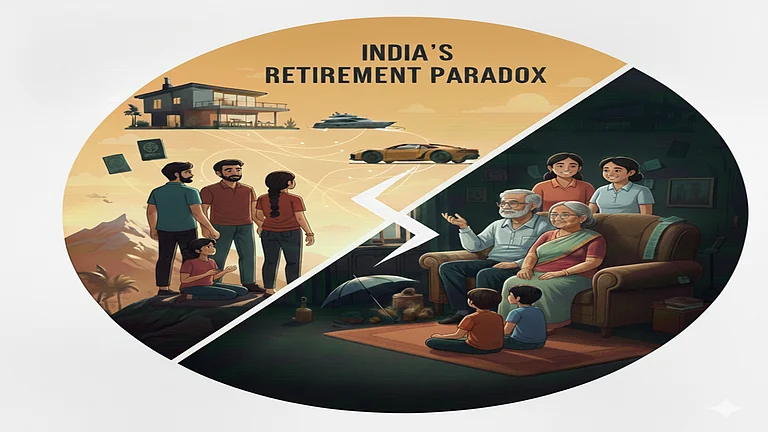Let's go back a few years. In India, subsidies for the citizens of the country, by Central and State governments were paid out through the traditional government administrative channels. Beneficiaries had to queue up at government offices to claim their dues. The long channel of payouts through multiple layers not only took months to reach the beneficiary, the corruption and pilferage in this chain also took a huge toll. For instance, a report by Microsave estimated 30 per cent pilferage in LPG subsidy. In total, our tax rupee was worth only 75p at best.
Fast forward to August 2020, the Prime Minister announced the payout of the PM KISAN subsidy, meant for more than 100 million small and marginal farmers. Within two hours of the announcement, Nirmal Kumar, a farmer from Balaha village in Darbhanga district in Bihar, had withdrawn Rs 2,000 from his next-door kirana store owner, Sushil Kumar, a business correspondent with Spice Money. From taking months to just two hours for this disbursement, India has come a long way.
Technology-backed initiatives such as enrollment of Indians in the Aadhaar programme, the opening of 400 million Jan Dhan bank accounts, and Aadhar enabled payment systems enabling Direct Benefit Transfers made this disruption possible. Fintech players in semi-urban and rural India then enabled this technology to be accessible in the remotest areas. This massive transformation has been possible as the vision of an empowered rural economy has met with effective execution, undoubtedly leading to societal gain.
While we have made significant progress in making this process seamless and pilferage-free, there is one fundamental flaw that we must work on– giving out cash subsidies for welfare. Payouts for welfare-related subsidies are meant to drive a specific objective and certain behaviour, e.g., making sure farmers buy quality agricultural inputs, ensuring people construct toilets. However, despite their popularity, cash transfers make the end-use uncontrollable. The possibility of such payouts being used for unintended purposes cannot be ruled out.
The solutions to this problem again may lie in technology and innovation. Could the Digital Programmable Rupee (DPR) be the answer?
What is Digital Programmable Rupee?
A Digital Programmable Rupee is a normal fiat rupee, of equal value, but digitally programmable. DPR is a real rupee in digital form. It can be tracked using blockchain technology or decentralised electronic ledgers, recording the transaction that is secure, tamper-proof, and transparent. The currency or token is programmable on use cases, on use dates (when it can be used, and when it expires), on a pool of beneficiaries, is trackable, and converts into a normal fungible rupee upon meeting certain conditions. This makes sure that the welfare subsidy issued to an individual is used for the intended purpose and does not allow it to be used in any other situation. It is programmed in a way that only when certain conditions are met, can the digital rupee be used.
Let's take an example of how it could work in the case of fertiliser subsidies where the intent is to incentivise farmers to buy quality fertilisers. The subsidy is transferred to the farmer’s bank account in the form of DPR, and can only be transferred to the fertiliser distributor, who can only transfer it to the listed fertiliser companies, who in turn can only transfer it to the input providers. At a certain stage, it is made fungible into the normal currency and all restrictions are removed. If even one of these conditions is not met, such as a party who was not intended to be part of the chain or if anything else other than fertilisers were sought to be purchased, the DPR will not be usable.
Today, all such restrictions on end-use are imposed through multiple administrative processes which are inefficient as well as ineffective to a large extent.
Other than government subsidies, such use cases are equally applicable for private enterprises and NGOs. For example, contingent payments like LCs, escrows, could be made using DPR, supported by other digital products like smart contracts. Using DPR could save banks/lenders millions in administrative costs incurred to control and monitor the end use of disbursed loans. Similarly, whenever we donate, we wish for our donation to be used for the right cause and are often concerned about the same. Moreover, imagine the health cess that we pay gets immediately converted into DPR and can only be used for the intended purpose. Could this have prevented the healthcare infrastructure fiasco that we are in?
The list of possible applications could be endless.
While the far-reaching benefits of Digital Programmable Rupee have been established, the question remains whether the government and the RBI will consider this as a core use case to propagate CBDC (Central Bank Digital Currency). While the CBDC has hit headlines, the conversation still revolves around the currency being trackable rather than being programmable which should actually become the focal point for the better good. Should similar technology to create a legitimate blockchain based currency like DPR become a serious thought, there would be no dearth of think tanks and payments institutions in India that would collaborate to bring this to reality.
The author is Chief Innovation & Strategy Officer, Spice Money
DISCLAIMER: Views expressed are the author's own, and Outlook Money does not necessarily subscribe to them. Outlook Money shall not be responsible for any damage caused to any person/organisation directly or indirectly.









